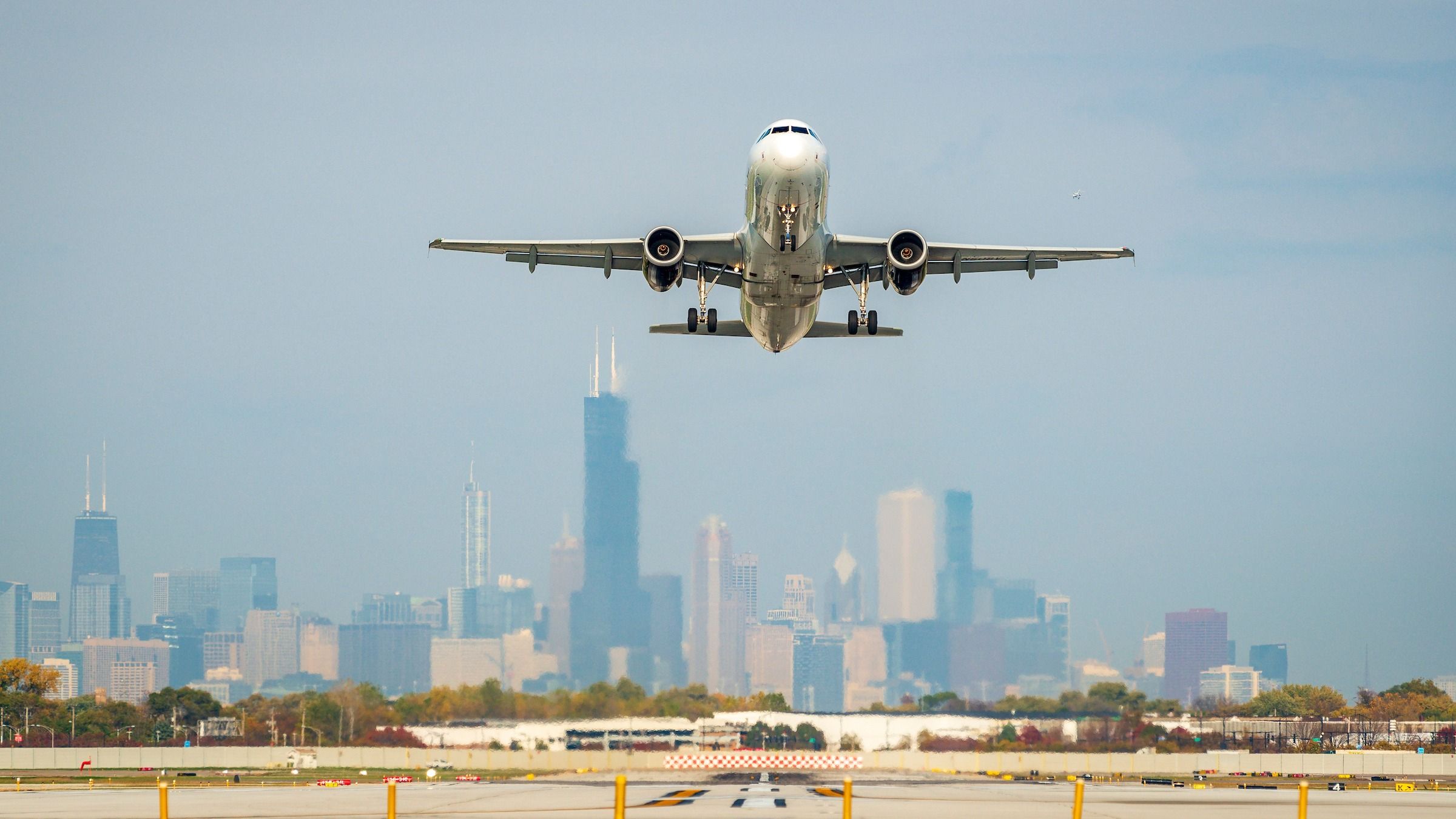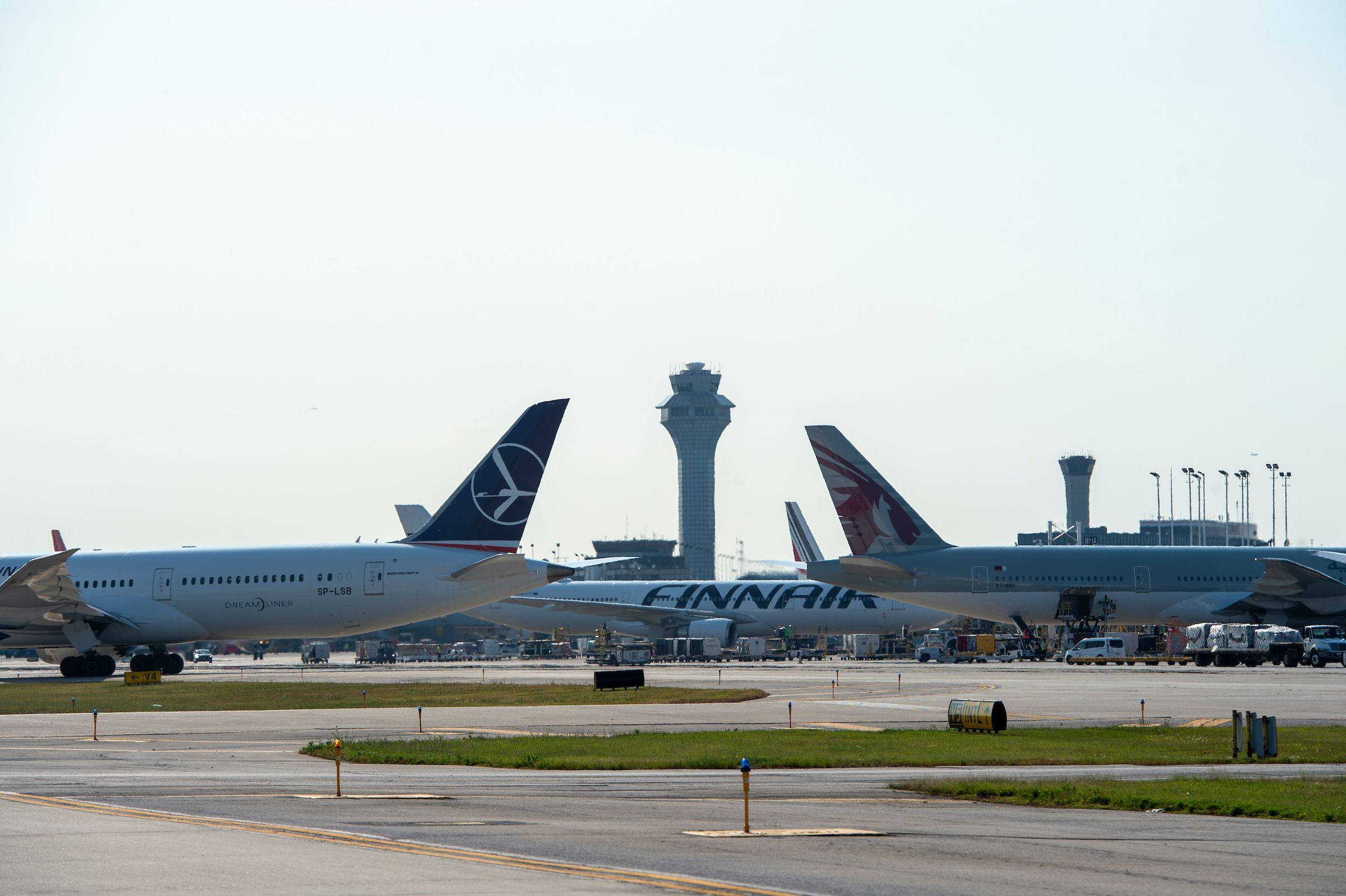Summary
- The Brasher Notification was named after Captain Jack Brasher, who was involved in a flight deviation incident in 1985.
- The FAA issues the Brasher Notification to pilots when there is a possibility of procedural non-compliance. The goal is to gather information in a matter-of-fact way and learn from deviations to enhance safety.
- Prompt notification of deviations can help pilots recall events accurately and improve safety.
Aside from a failed checkride or emergency, the idea of a pilot deviation is arguably the most anxiety-inducing topic for pilots. Air traffic controllers are responsible for letting pilots know when they have potentially deviated from an instruction or been in non-compliance with regulations. This notification, commonly called a pilot deviation warning, is also called the Brasher Notification. Here’s a bit about the notification and the story behind its name.
History of the Brasher Notification
The notification is named after Captain Jack Brasher, who flew for Republic Airlines during the incident that made his name famous in 1985 (Republic Airlines merged with Northwest Airlines in 1986 and is not to be confused with Republic Airways). Captain Brasher was the commander of a flight that deviated from its assigned altitude between Chicago O’Hare and Minneapolis-St. Paul. According to FAA accounts, the deviation was 700 feet, and no mention was made to the pilots during the flight or after landing. Captain Brasher was thus unaware that the Federal Aviation Administration intended to investigate that flight until months later.
Photo: Vincenzo Pace I Simple Flying
When eventually questioned by the FAA, Captain Brasher had no recollection of the infraction since it had occurred hundreds of flights and months prior. Had a controller brought the deviation to the pilots’ attention during the flight, it’s much more likely that Captain Brasher or his first officer would have recalled the event and circumstances. Accordingly, the announcement issued to pilots, which guarantees they will remember the event, is named after Jack Brasher.
Issuing a notification
The FAA wants to be able to talk to pilots about procedural non-compliance to gain insights that will improve safety. Deviations are generally opportunities to learn and implement new ideas that enhance the safety of pilots and the traveling public. To help pilots bookmark the events surrounding a deviation and preserve their account, the FAA added paragraph 2-1-26 to JO Order 7110.65W. The short blurb under this citation is the exact phraseology controllers use to issue a possible pilot deviation notification.
Photo: Chicago O’Hare Airport
The word possible is intentional in the issuance of the statement. Devoid of research and fact-finding, it’s impossible to understand who (if anyone) is at fault when a pilot or crew turns the wrong way, busts an altitude, or taxis past their instructed turn-off. The Brasher warning is intended to inform pilots that a regulation or instruction may have been misinterpreted or misapplied, and the controllers and administrators in charge of that airspace need to talk to the pilot(s) to gather information in a matter-of-fact way.
Takeways
Getting information from pilots immediately after an event helps preserve information while ensuring its accuracy. From there, the Flight Standards District Office can look into what happened and identify safety enhancements. Unfortunately for pilots, the result of investigations sometimes brings enforcement actions, which is what fuels the anxiety-laden connotation of the Brasher Notification. Be what it may, the idea behind the notification is like so many other implements within aviation: Safety is the number one priority.



